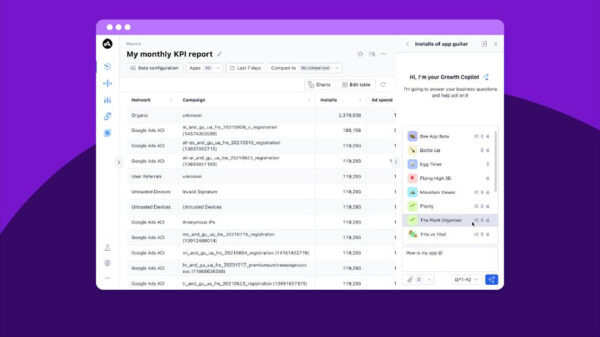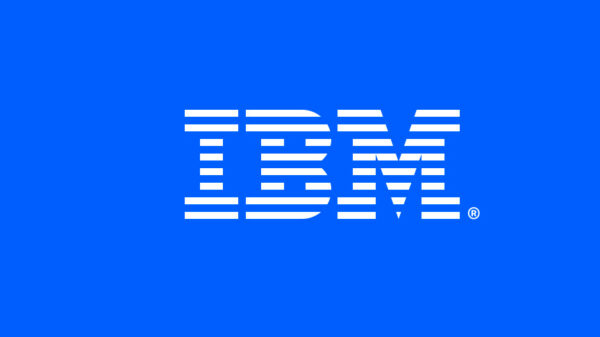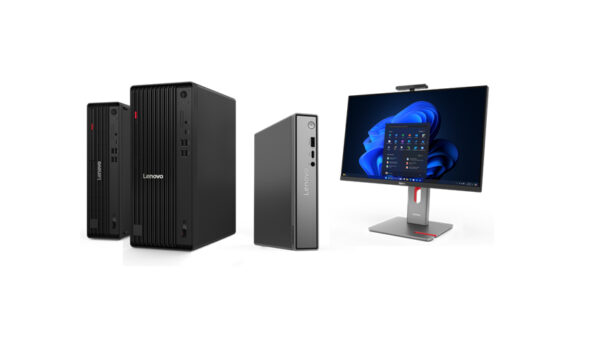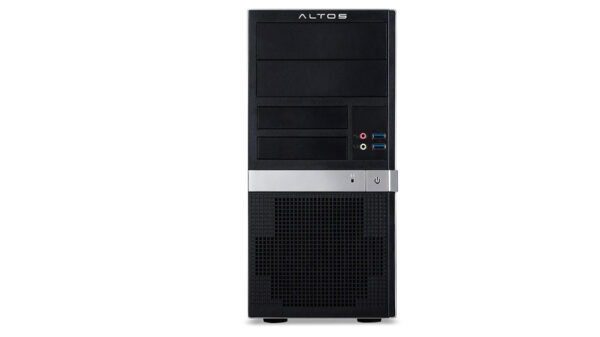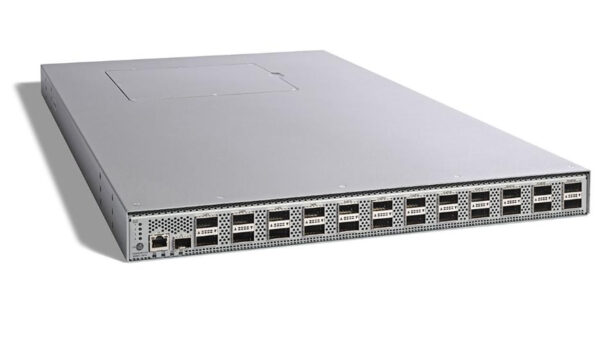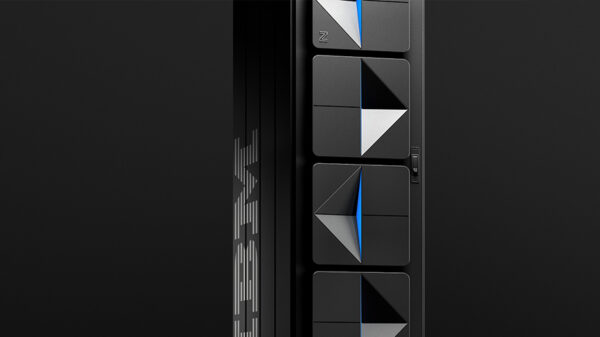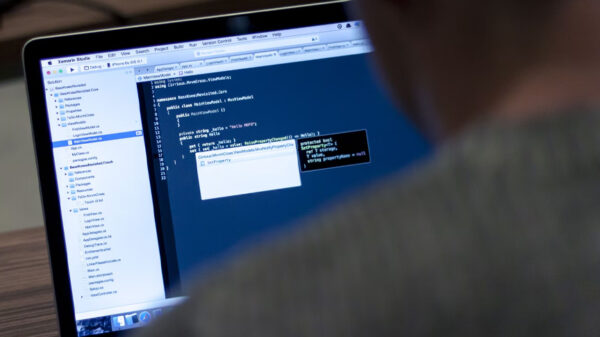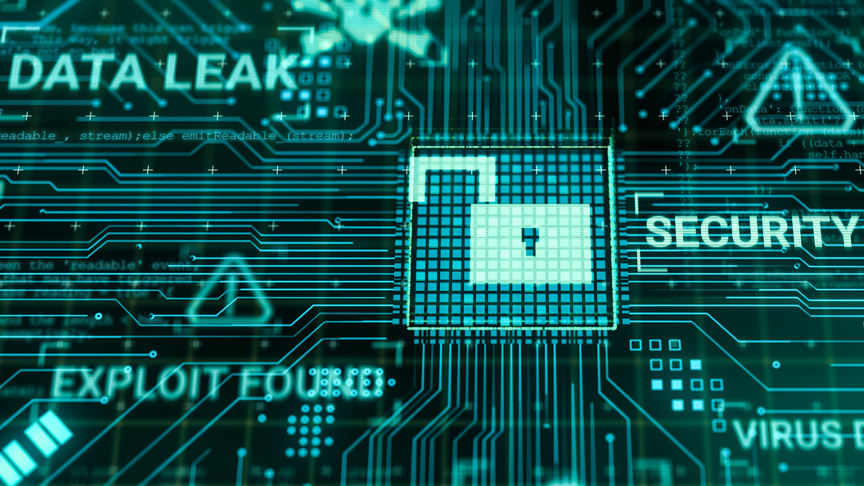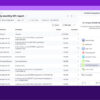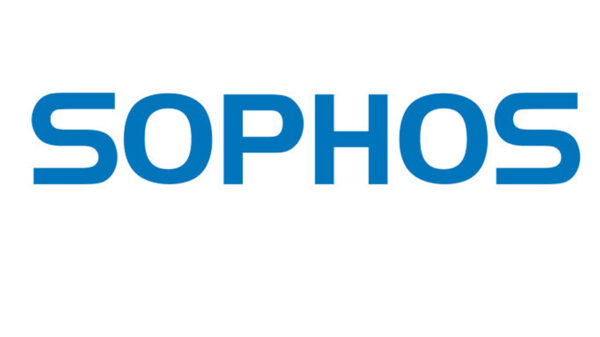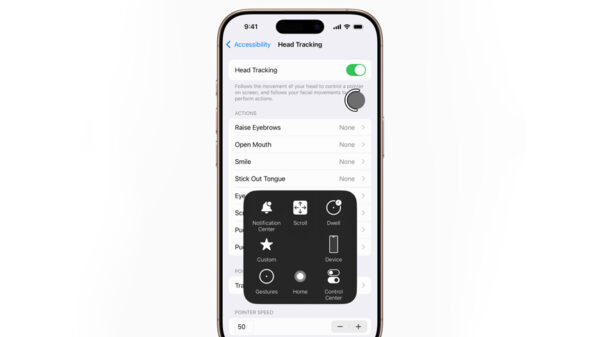Companies are planning to increase their investments in information security against the background of growing financial losses from cyber incidents. This trend was revealed in the recent Kaspersky’s IT Security Economics report.
Kaspersky IT Security Economics is an annual report that unpicks the changes in budgets, breaches and business challenges affecting IT Security decision makers. It is based on interviews with IT and IT security professionals working in organizations of various sizes and industries. The survey was conducted across 27 countries in Europe, the Asia-Pacific region, the Middle East, Turkey and the Africa region, Latin and North America.
According to the research, companies plan to increase their IT security budgets by up to 9%. The median cybersecurity budgets for large enterprises were US $5.7M with US $41.8M allocated for IT generally, while SMBs invested US $0.2M in IT security from a median IT budget of US $1.6M.
Possible reasons for the increased investment can be found in the analysis of financial losses from cyber incidents. Large enterprises experienced an average of 12 incidents this year, spending US $6.2M to recover from them —1.1 times higher than the budget allocated for IT security overall. Despite the greater resources and advanced security infrastructures, the sheer scale and complexity of large enterprise organizations make them more susceptible to costly breaches. While these enterprises are often better equipped to detect incidents quickly, the time required to fully respond and mitigate these threats can span for hours, underscoring the challenge of managing widespread, complex IT environments.
As for SMBs, these organizations experienced an average of 16 incidents this year, while spending US $0.3M for remediation, which is 1.5 times higher than their overall IT Security budget. SMBs are the most disproportionately affected group in terms of budgetary impact. They often lack robust cybersecurity policies and procedures, which leaves them vulnerable to incidents involving employees, public cloud misconfigurations, and high-level permissions.
“This data illustrates the continuation of the current trend of increasing cybersecurity spending across all market segments. This growth is driven by at least three key factors.
Firstly and obviously, the constant growth in the complexity of cybersecurity threats forces companies to adopt more advanced solutions to enhance the detection of attack traces and automate responses. Secondly, increasing concerns from governments regarding digital sovereignty leads to the emergence of new regulations and regulatory requirements and, as a result, increased expenses. The third factor influencing the growth of cybersecurity budgets and costs is the constant increase in salary expectations for professionals in various cybersecurity fields,” comments Veniamin Levtsov, Vice President, Center of Corporate Business Expertise at Kaspersky.
To protect companies against a wide range of cyber threats, Kaspersky recommends:
- Use all-encompassing solutions from the Kaspersky Next product line that provide real-time protection, threat visibility, advanced investigation and response capabilities for companies of any size and industry. Depending on the current needs and available resources, companies can choose the most relevant product tier and easily migrate to another one if their cybersecurity requirements are changing.
- Adopt a managed security service such as Kaspersky Managed Detection and Response if companies lack qualified InfoSec professionals. It will provide the necessary expertise and give them the best possible advanced automated security services. Thanks to its analysis of corporate data gathered every day, in real time, 24/7, it can shield businesses against sophisticated cyberattacks.
To gain more insights about IT security costs and budgets in businesses visit the interactive IT Security Calculator.


